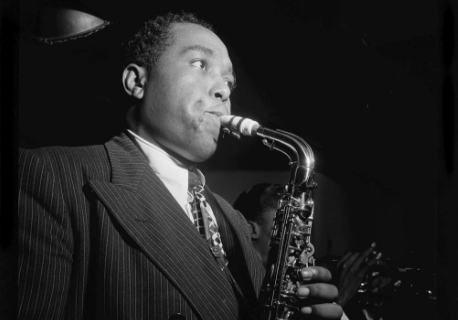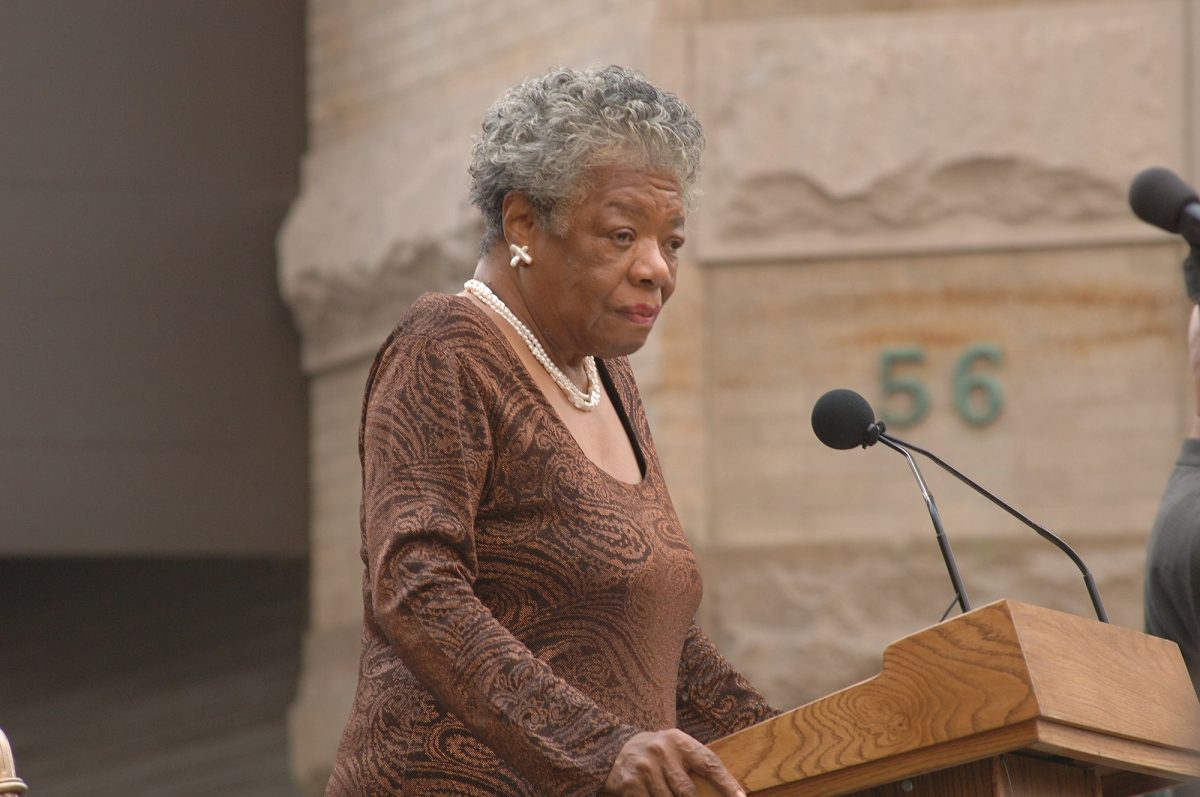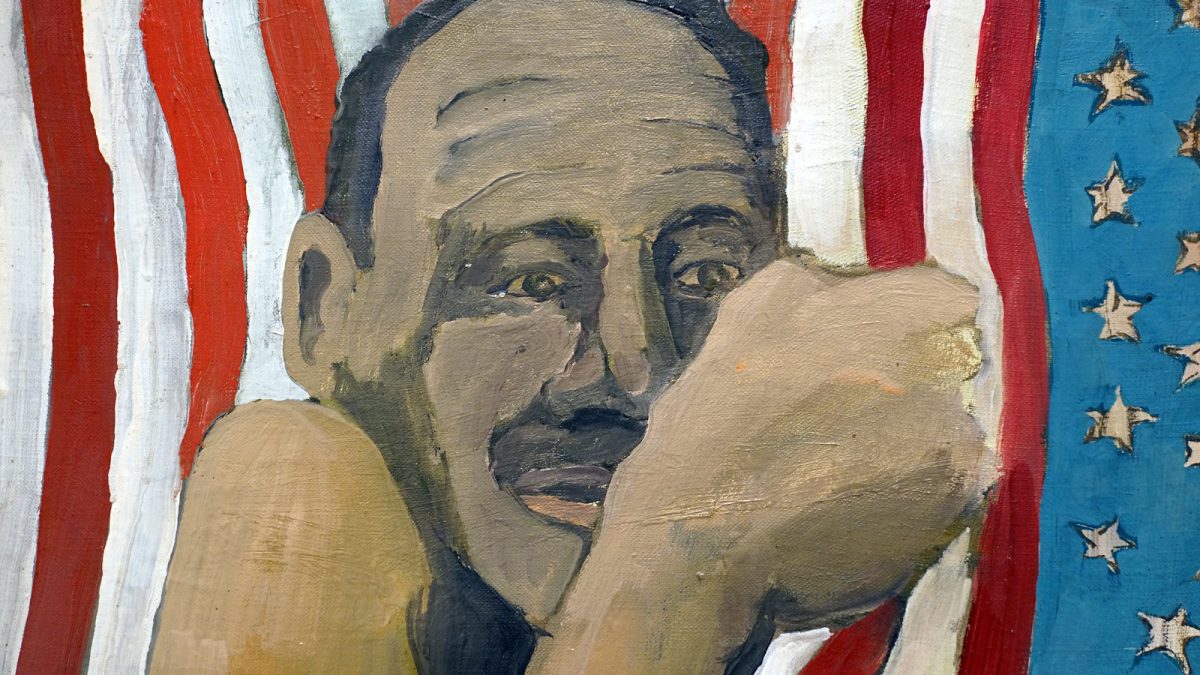A young African American boy sits on his grandfather’s lap and learns how to play the banjo. A modest scene, characterized by a range of rich browns and hints of blue and yellow. Despite the unassuming disposition of this painting, the intimate nature of the scene demands attention.
“The Banjo Lesson,” painted by Henry Ossawa Tanner in 1893, gives its audience a glimpse into the domestic life of African Americans in the 1800s, a tableau rarely depicted in the media.
“Many of the artists who have represented Negro life have seen only the comic, ludicrous side of it, and have lacked sympathy with and appreciation for the warm big heart that dwells within such a rough exterior,” said Tanner.
Although Tanner’s niche was painting religious scenes, “The Banjo Lesson”, along with a similar work, “The Thankful Poor,” were both pivotal pieces in normalizing the existence of black existence within art.
After studying at the Philadelphia Society of Artists, Tanner exhibited his work throughout Philadelphia. He was unable to find success in the U.S., so he moved to Paris in 1891, according to the National Gallery of Art.
He turned his focus to religious paintings while in Paris, and quickly gained international recognition. During his extensive career in Paris, Tanner received numerous awards for his art, won the PAFA’s Lippincott Prize, became a chevalier of the Legion of Honour and was the first African American to be granted full membership in the National Academy of Design in New York, according to Britannica.













Diane Van Cort • May 15, 2024 at 9:37 pm
Wonderful artist. Too bad he is so little known.